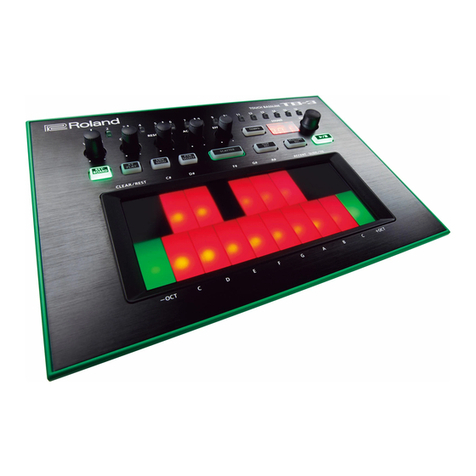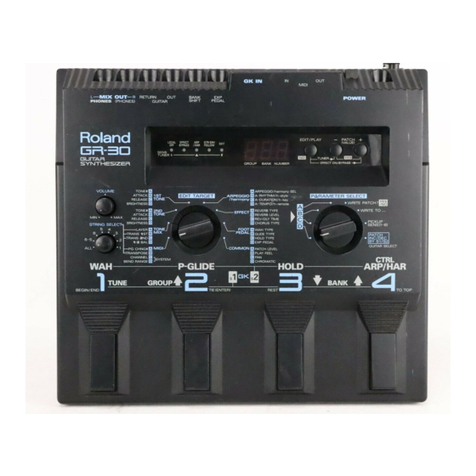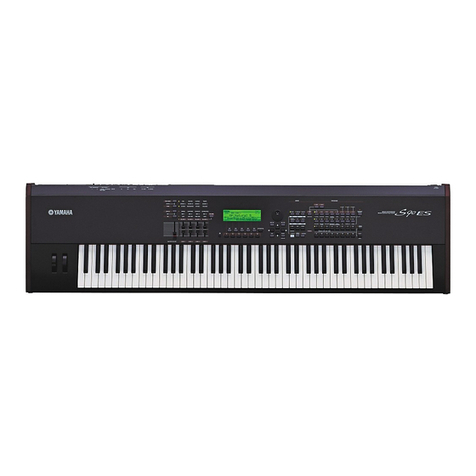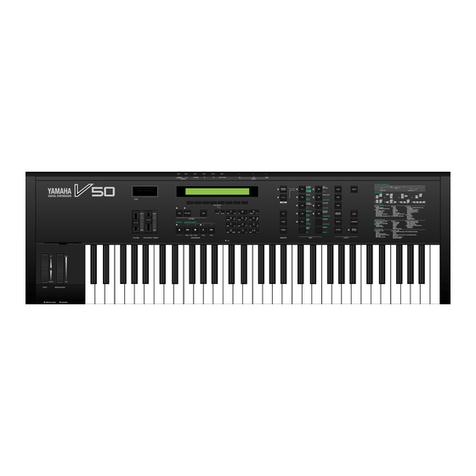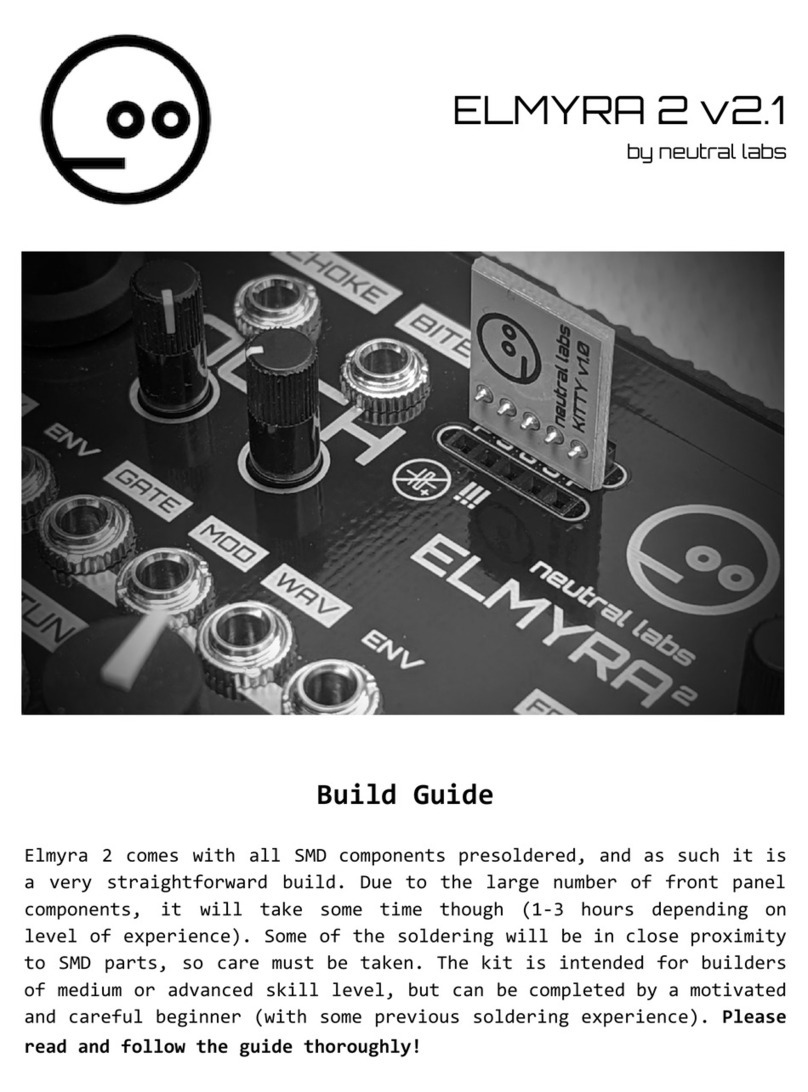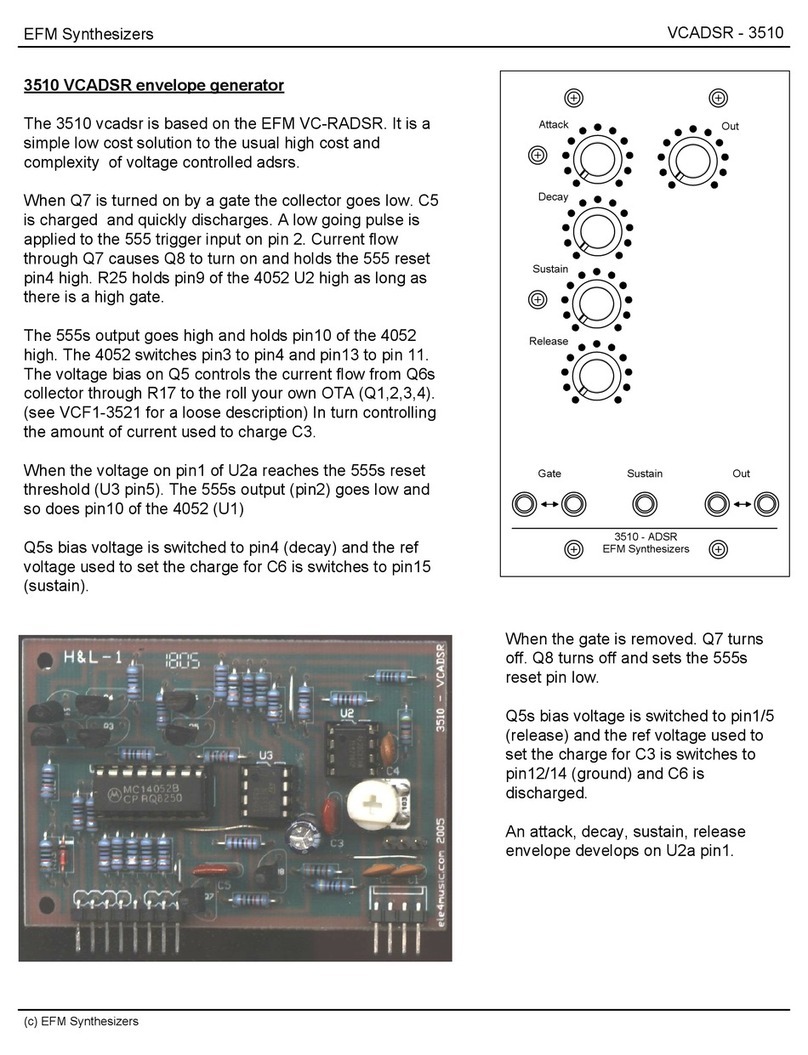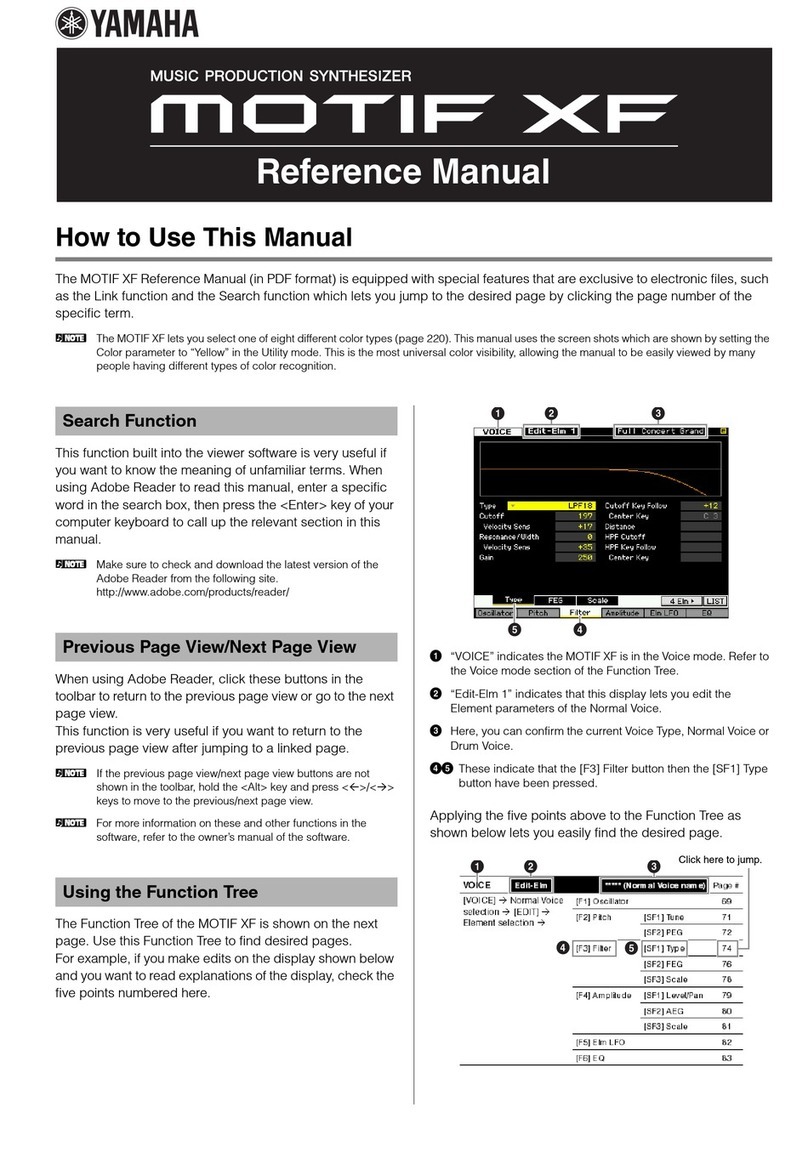Roland Turbostart GR-1 User manual
Other Roland Synthesizer manuals
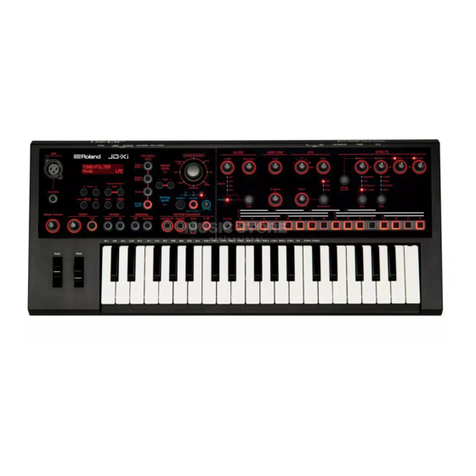
Roland
Roland JD-Xi User manual
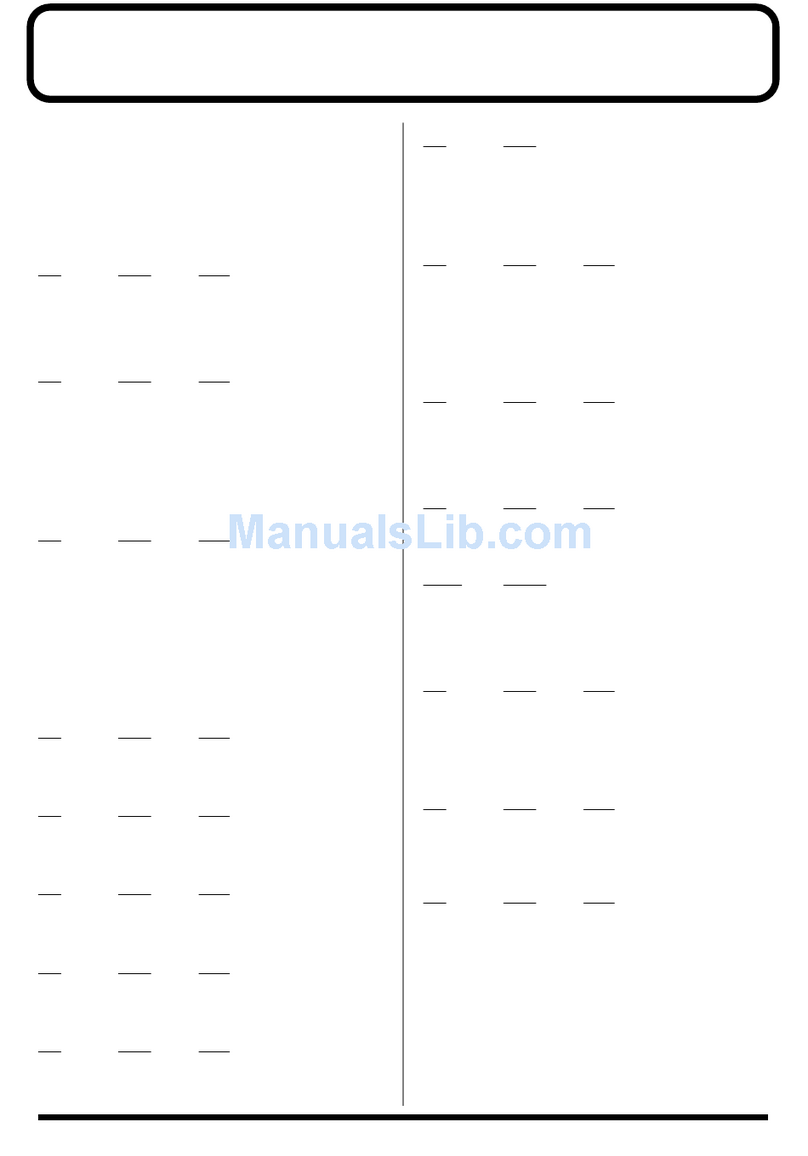
Roland
Roland SH-201 User manual
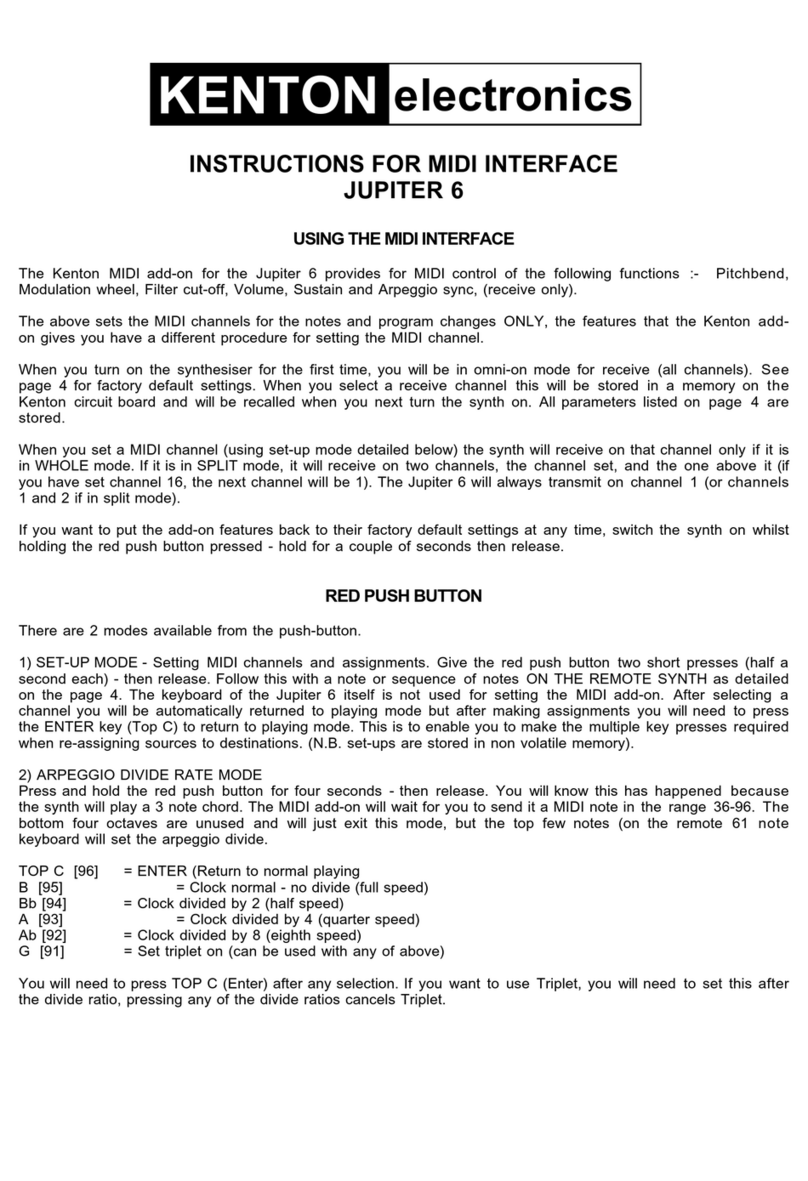
Roland
Roland HP -6 User manual

Roland
Roland Boutique JP-08 User manual

Roland
Roland JD-990 Operating and maintenance manual

Roland
Roland SH-1 Operating and maintenance manual
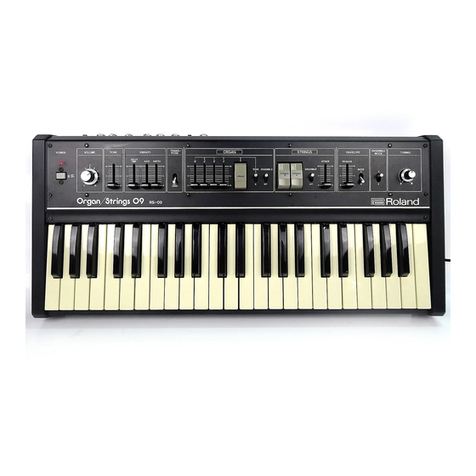
Roland
Roland RS-09 User manual
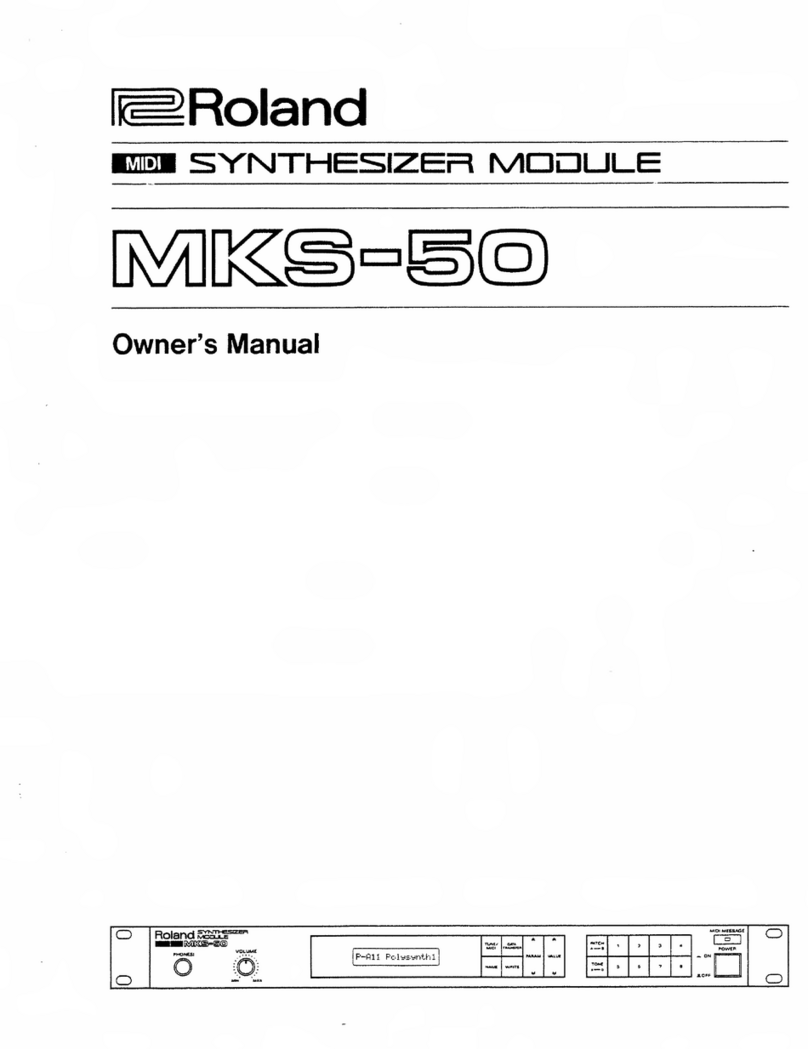
Roland
Roland MKS-50 User manual
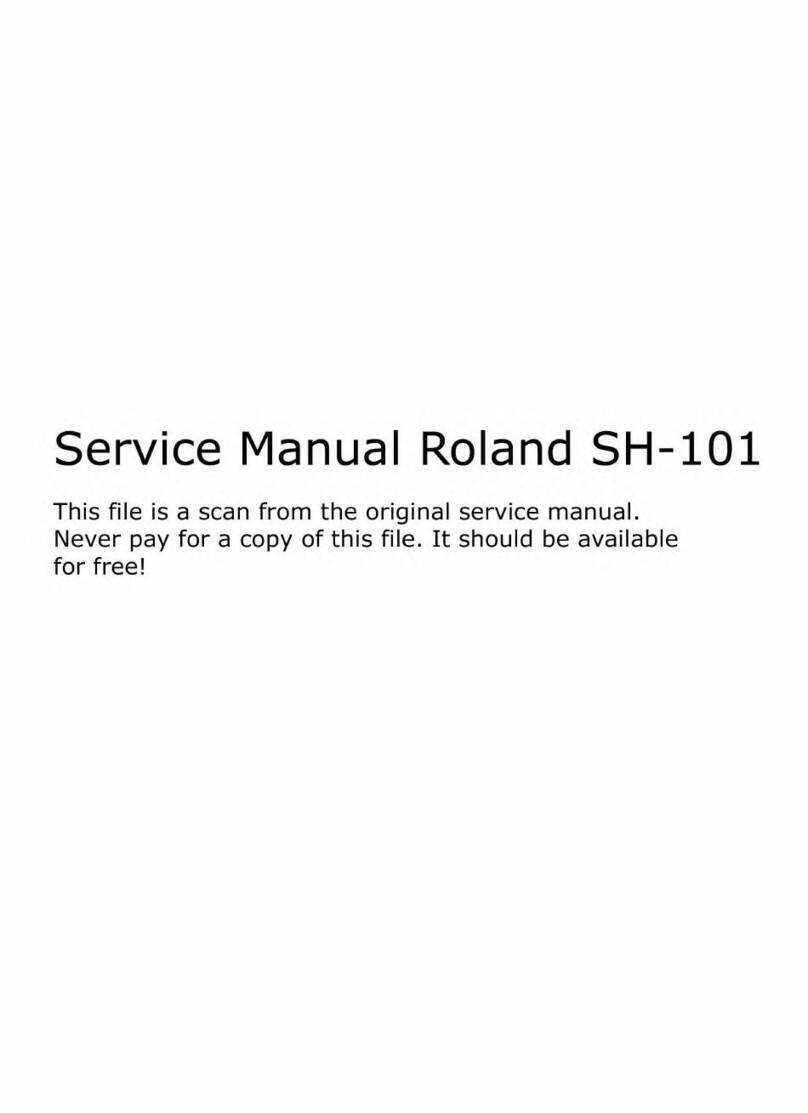
Roland
Roland SH-101 User manual

Roland
Roland E-35 User manual
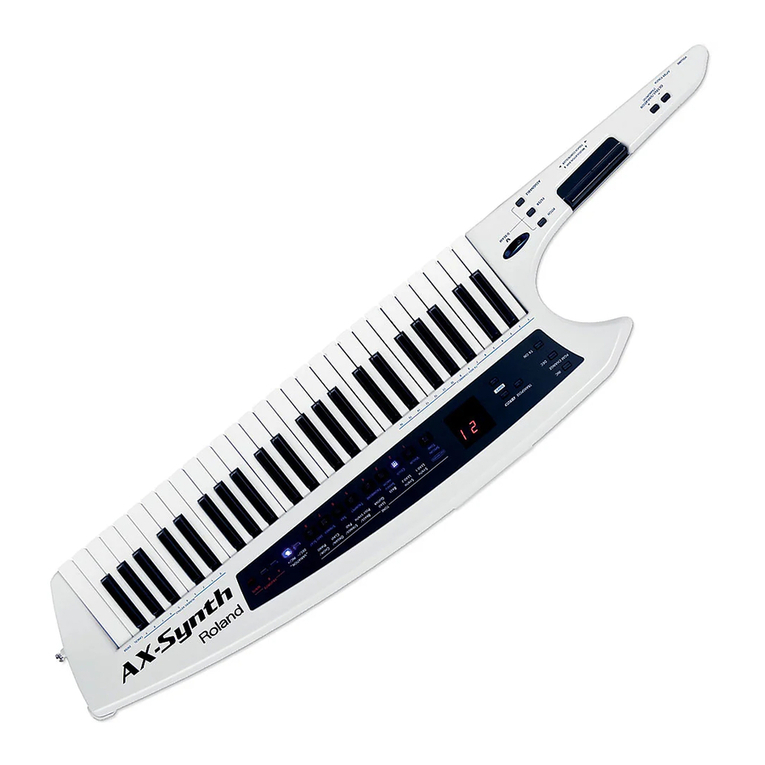
Roland
Roland AX-Synth User manual
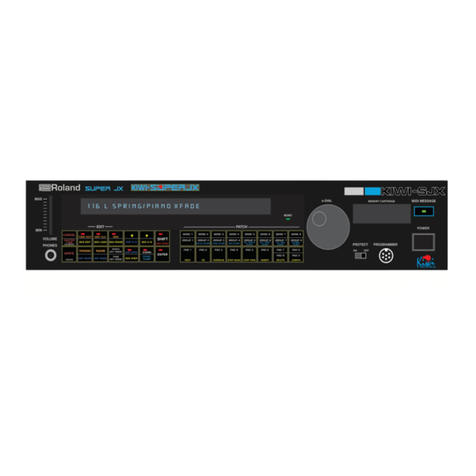
Roland
Roland Kiwitechnics KIWI-SJX User manual

Roland
Roland SH-1000 User manual

Roland
Roland JX-10 User manual
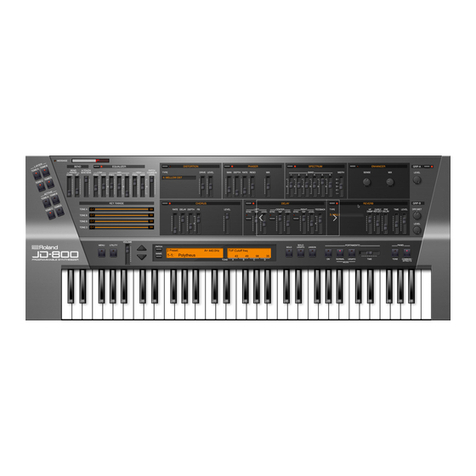
Roland
Roland JD-800 User manual
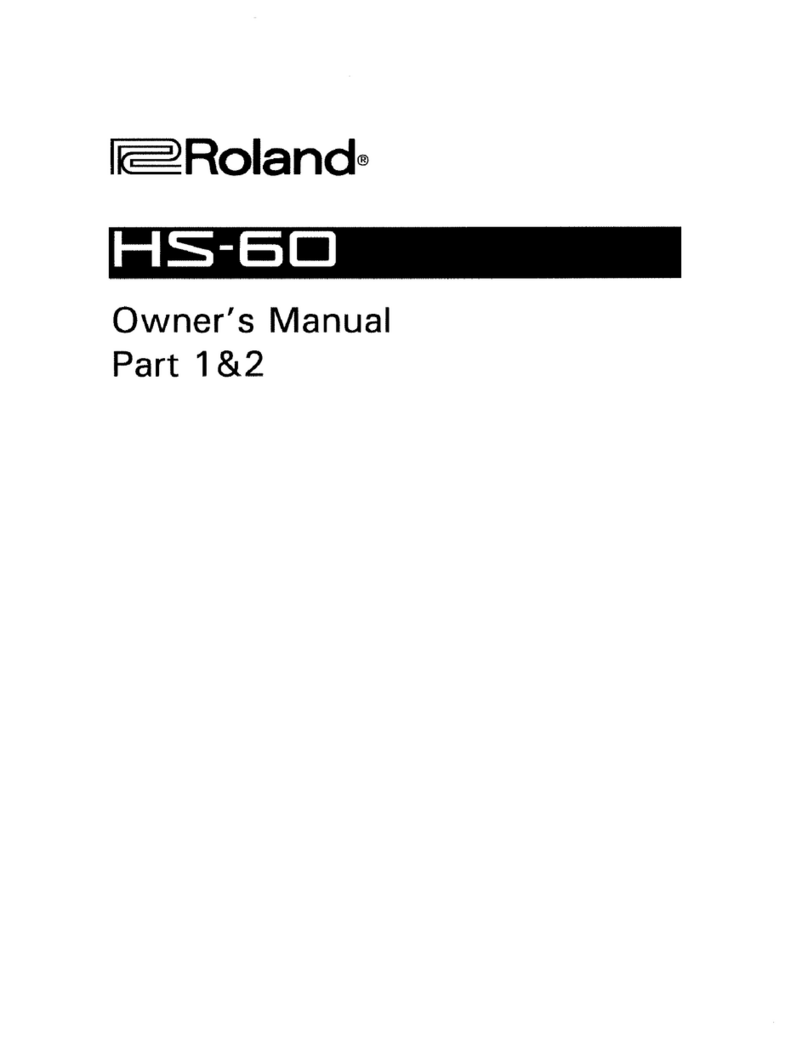
Roland
Roland SynthPlus 60 User manual
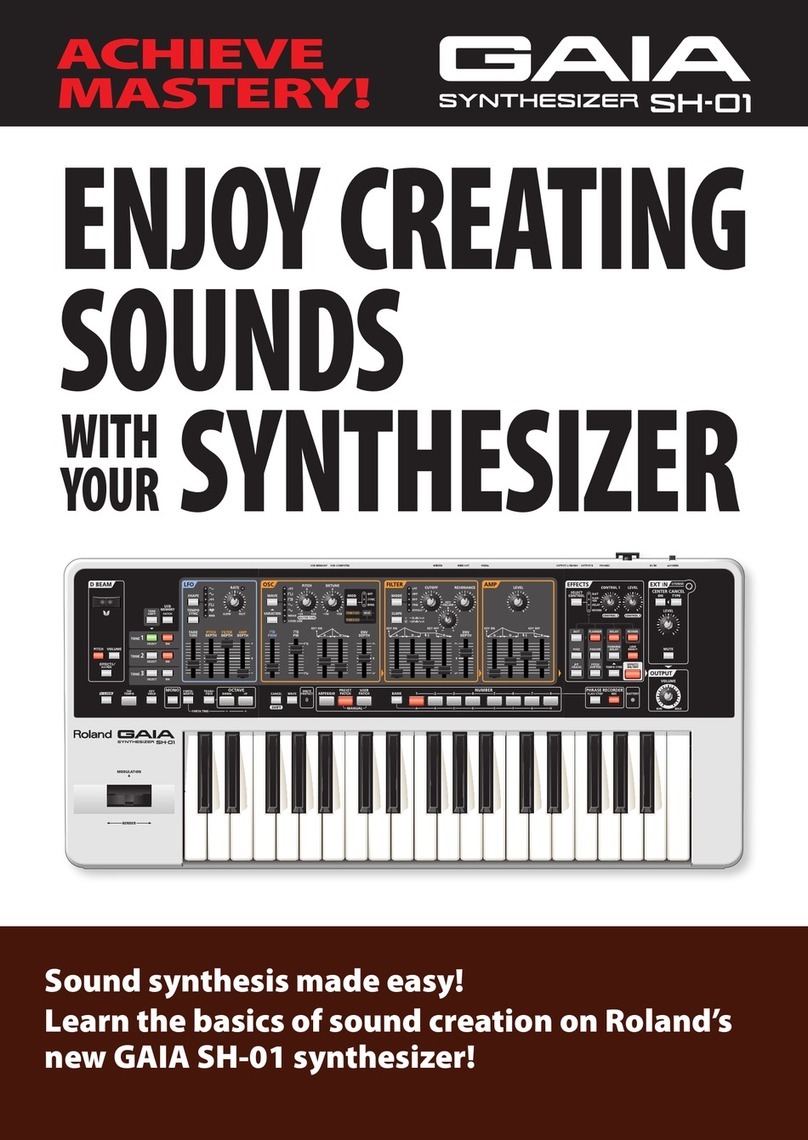
Roland
Roland GAIA Fantom-G2008 User manual

Roland
Roland SE-02 User manual

Roland
Roland GS-500 User manual
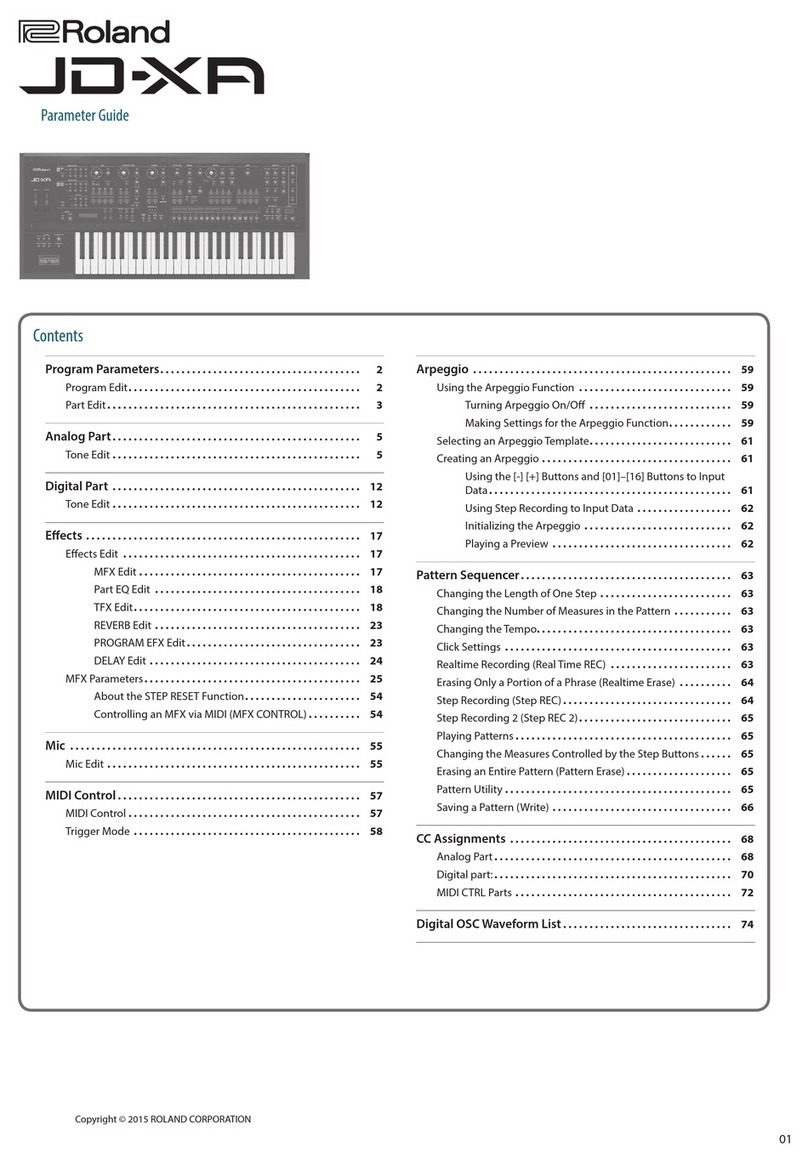
Roland
Roland JD-XA User manual
